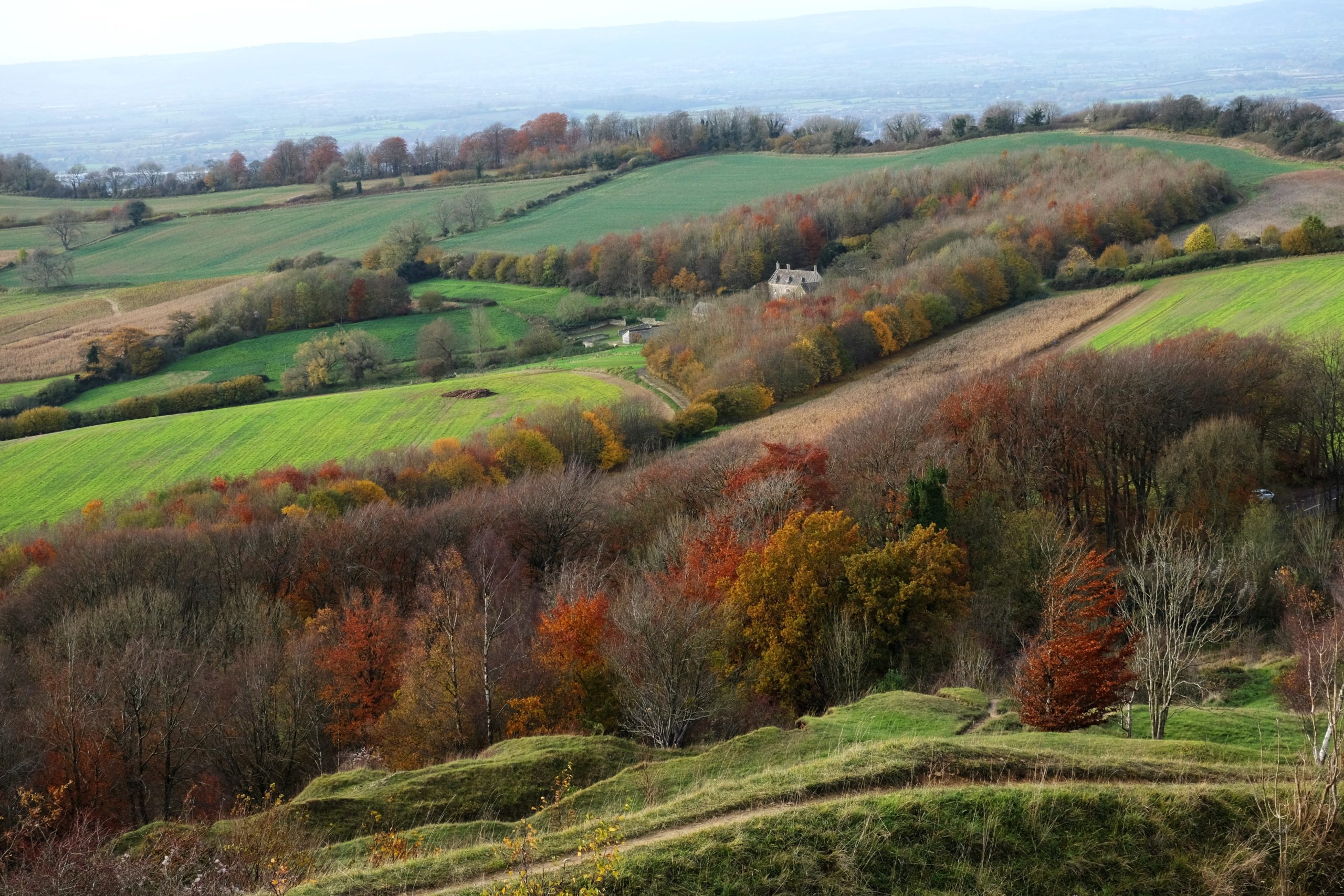The Cotswolds National Landscape Board welcomes Government’s recognition of the immense value of protected landscapes, the commitment to invest an additional £15m into protected landscapes is very positive news and hugely welcome. It will help us deliver more work, more effectively for nature recovery, climate action, and communities. In National Landscapes, that work will be delivered locally, but across our connected network – delivering an impact across the whole country.
The additional announcement of the designation of a new National Park is also welcomed by the family of National Landscapes. This, coupled with the slated boundary extensions to the already designated Surrey Hills and Chilterns, and the planned designation of two new National Landscapes: Cheshire Sandstone Ridge and the Yorkshire Wolds, is a powerful endorsement of the impact of protected landscapes in meeting the challenges ahead – including the commitment that 30% of all land and sea will be effectively protected and managed for nature by 2030.
You can read the full announcement from Government here.
Notes to editors:
- The National Parks and Access to the Countryside Act 1949 is the Act of the Parliament that provided the framework for the creation of National Parks and Areas of Outstanding Natural Beauty in England and Wales, and also addressed public rights of way and access to open land. In the immediate wake of the second world war, the nation had the forethought to designate Areas of Outstanding Natural Beauty as sisters to the NHS – one to look after the nation’s health, the other its nature and wellbeing.
- The first AONB to be designated was in 1956, Gower Peninsula, and the last the most recent, designated in 1995, is the Tamar Valley AONB, which spans Devon and Cornwall.
- An Area of Outstanding Natural Beauty is an area of countryside in England, Wales, or Northern Ireland, that has been designated for conservation due to its significant landscape value. Areas are designated in recognition of their national importance by the relevant public body: Natural England, Natural Resources Wales, and the Northern Ireland Environment Agency respectively. In place of AONB, Scotland uses the similar national scenic area (NSA) designation.
- National Landscapes offer a uniquely integrated perspective in decisions about land use: convening conversations, bringing people together, and enabling a sustainable balance of priorities for nature, climate, people and place.
- The National Landscapes Association is the membership organisation representing the UK’s National Landscapes.
- The work of small (average four members of staff), expert National Landscapes teams is guided by the democratically derived Management Plan, developed through consultation with partners and members of the public through an open process every five years. The Management Plan covers the entirety of the landscape, considering how to protect and regenerate its special features: geology, species, heritage, industry, culture; balancing the needs of the local community to keep pace with the latest infrastructure, through a deep understanding of the challenges and opportunities of these distinct and special places.
